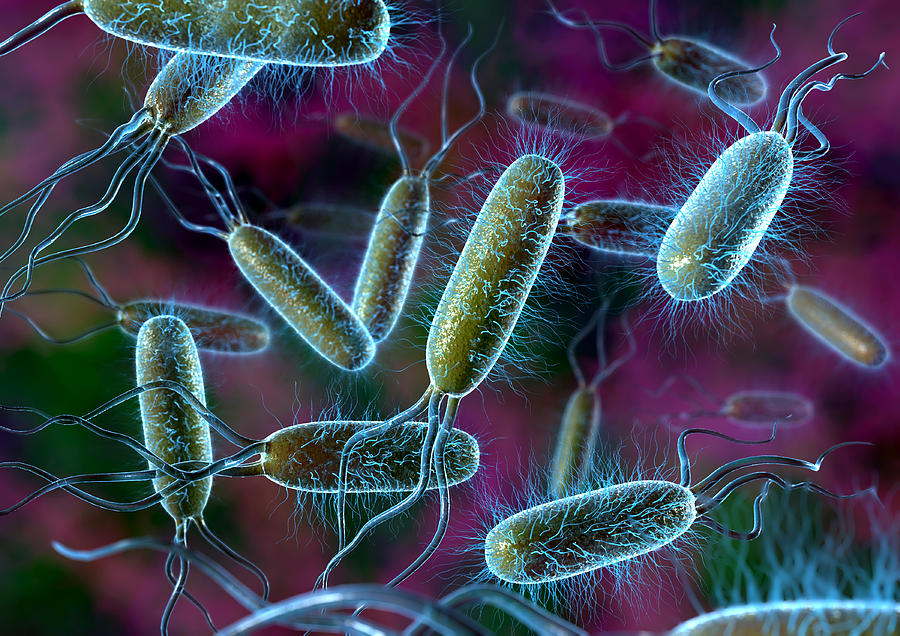How dangerous is your Wheelie Bin?
There have been many studies regarding the growth and development of bad bacteria in the households, however a recent study in England looked at the amount of bacteria that grows in and around the bin area – wheelie bins are the most dangerous items in the home when it comes to the breeding of harmful bacteria and viruses. Below shows you the amount of bacteria which develops in a Wheelie Bin after only 2 weeks.
We think this will make you think twice about how often you clean your Wheelie Bin.
What the Wheelie Bin contained:
Soiled nappies; vegetables and fruit; fish bones and skin; meat bones; newspaper; out-of-date creme fraiche; mushrooms; coffee grounds and a chicken carcass.
What the microbiologist found:
Total bacteria found in Wheelie Bin:
240 million per swab.
Enterobacteriacea found in Wheelie Bin:
Can cause stomach upsets.
Danger threshold: 1 million.
Amount found: 200 million.
The sample contained a lot of gut bacteria, probably from soiled nappies.
“If you were to come into contact with Wheelie Bins containing this much bacteria and not practice proper hygiene, you would almost certainly become ill,”
says microbiologist Muirhead.
E.coli found in Wheelie Bin:
Some strains cause illness.
Danger threshold: Just 100-1,000 of one of the harmful bugs would be enough to cause serious illness.
Amount found: 430,000.
“Even the most out-of-date food in your cupboard and fridge would not harbour anything like this risk,” says Mr Muirhead.
Food poisoning is a definite risk if you don’t wash your hands after putting out your rubbish.
Yeasts found in Wheelie Bin:
Can be harmful and also causes food to rot.
Danger threshold: A level of 1,000 or lower is acceptable.
Amount found: 32 million.
Pseudomonas aerugino found in Wheelie Bin:
Causes food to spoil.
Danger threshold found in Wheelie Bin:
One million will cause excessive food spoilage.
Amount found: 69 million. A high amount for the sample size.
It indicates a high degree of food spoilage has occurred in the waste left rotting for almost two weeks.
Moulds found in Wheelie Bin:
Speeds up food rot and odour.
Danger threshold: A level of 1,000 or lower is acceptable.
Amount found: 20 million. Because there was a lot of food waste in the bin, mould was to be expected.
Not all moulds are harmful, but a considerable percentage of those found in the bin can cause illness.
Bacillus cereus found in Wheelie Bin:
Can cause vomiting.
Danger threshold: 1,500.
Amount found: 1,200.
Unlikely to be harmful to health unless they are ingested — could then cause food poisoning.
Staphylococcus aureus found in Wheelie Bin:
Known to cause stomach upsets.
Danger threshold: 1,000.
Amount found: 530.
Levels of this gut bacteria were not particularly high, but even so, contamination with the amount found could cause serious problems including food poisoning.
Clostridium Perfringens:
Causes similar sickness to salmonella, though not fatal.
Danger threshhold: 1000.
Amount found: 530.
Levels of this bacteria were not too high, but even so, the amount found could cause serious food poisoning.





